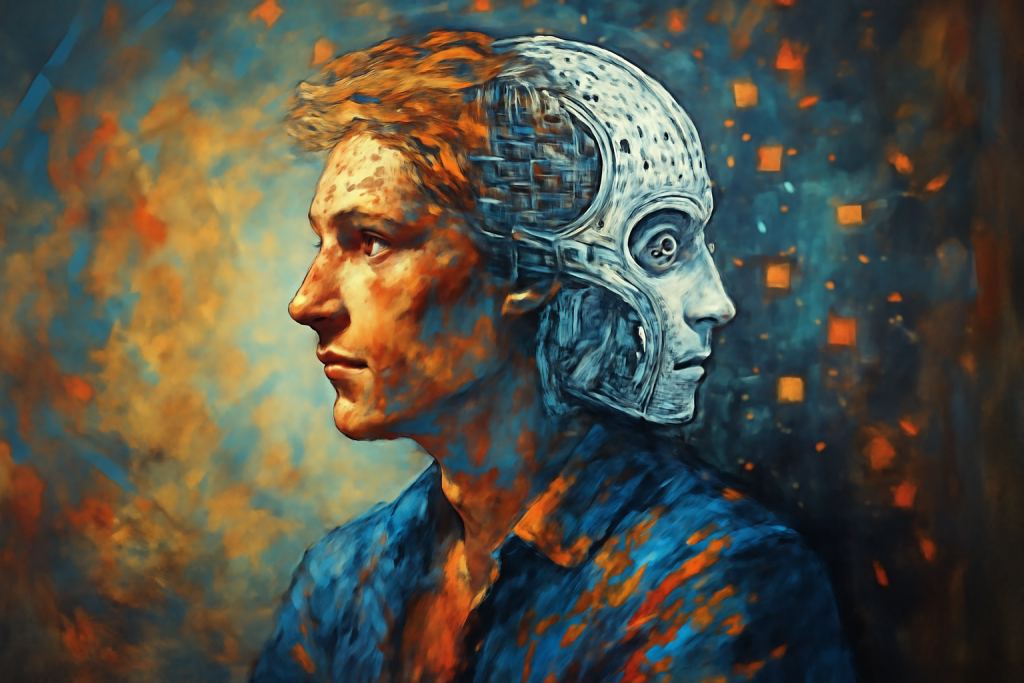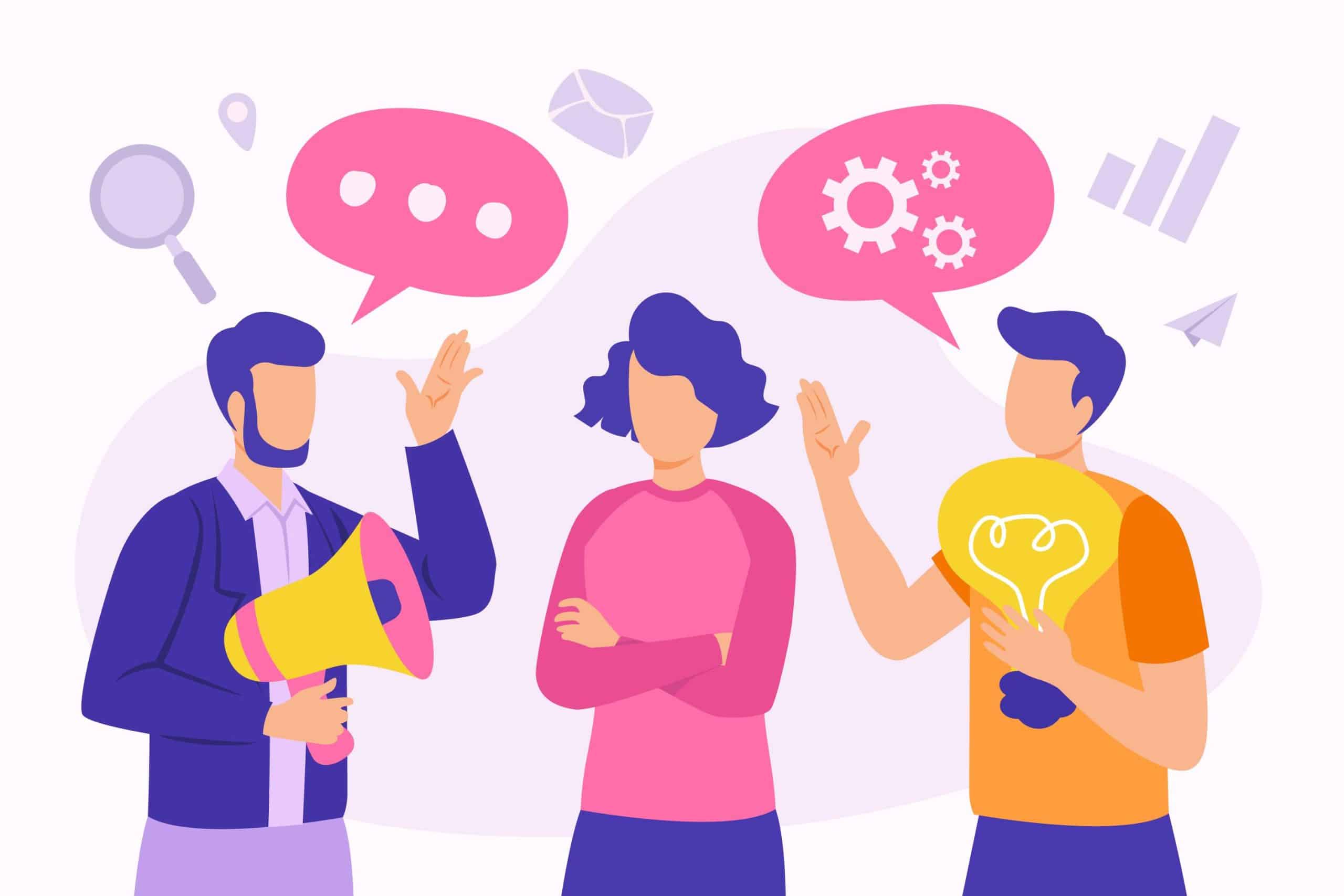The advent of artificial intelligence (AI) has significantly transformed numerous industries, from healthcare to entertainment. One of the most fascinating areas where AI has made a significant impact is in the field of art. AI-generated art has stirred up discussions surrounding creativity, authenticity, and the very nature of artistic expression. While some argue that AI art is a tool that expands the boundaries of human creativity, others contend that it challenges the notion of what it means to be truly creative. This article will explore what AI-generated art reveals about human creativity, addressing key questions around originality, the artist’s role, and the future of art in a world shaped by machines.

The Emergence of AI in the Art World
AI’s involvement in the creation of art is not entirely new. As early as the 1950s, researchers began experimenting with machines that could generate visual art. However, it wasn’t until the past decade that AI-generated art started to capture widespread attention. This transformation is largely attributed to the development of generative adversarial networks (GANs), which allow machines to create images based on large datasets. GANs consist of two neural networks: a generator that creates images and a discriminator that evaluates them. The two networks compete against each other, with the generator improving over time, resulting in highly sophisticated and realistic artwork.
One of the most notable AI art projects was Edmond de Belamy, created by the Paris-based art collective Obvious in 2018. The portrait, generated using GANs, sold at Christie’s for over $432,000, sparking widespread interest in the concept of AI as an artist. Since then, AI art has grown in popularity, with various platforms and artists experimenting with machine-generated creativity.
Is AI-Generated Art Really “Art”?
The question of whether AI-generated art qualifies as “real” art is central to the debate surrounding human creativity. Traditional definitions of art have long been tied to the human experience—expressing emotion, representing reality, or challenging societal norms. Human artists often pour personal experiences, emotions, and perspectives into their work. But can a machine do the same?
AI art challenges the assumption that creativity is an inherently human trait. Machines, after all, don’t have emotions, experiences, or subjective viewpoints. They create based on patterns and algorithms. Yet, the work produced by AI often evokes powerful responses from human viewers, demonstrating that the emotional impact of art might not rely solely on the artist’s human experience.
AI art is ultimately a reflection of its creators—the humans who design and program the algorithms. The machine itself may lack the consciousness required for self-expression, but the creative intent of the human programmer is embedded in the AI’s outputs. Thus, AI-generated art can be seen as a new form of collaboration between human and machine, where the human artist guides the process, but the machine contributes the final creative product.
AI Art and the Expansion of Human Creativity
Rather than replacing human creativity, AI can be seen as a tool that amplifies it. In fact, AI-generated art opens up new possibilities for creativity that were previously unimaginable. AI allows artists to explore different creative avenues, generate new ideas, and experiment without the constraints of traditional media.
For example, AI can take an artist’s existing work and transform it into something entirely new—an abstract interpretation, a reinterpretation of style, or even the creation of hybrid forms of art. Artists are increasingly using AI to enhance their work, enabling them to blend human intuition with machine processing power.
AI-generated art is also democratizing the artistic process. Today, individuals with limited technical skills can use AI platforms to create art, making the creative process more accessible to a wider audience. This shift is empowering a new generation of digital creators, allowing them to experiment with art in ways that were once reserved for highly skilled traditional artists.
The Role of the Artist in an AI-Driven World
As AI continues to shape the future of art, one crucial question arises: what is the role of the artist in an AI-driven world? Are artists still necessary when machines can create artwork on their own?
While AI has the ability to generate stunning pieces of art, it still relies on human direction. The human artist remains the creator who sets the parameters, defines the style, and determines the purpose of the art. In this way, AI is less about replacing artists and more about enhancing their capabilities. It’s a partnership rather than a competition.
Moreover, AI-generated art can serve as a tool for artists to push the boundaries of their creativity. For example, artists may use AI to break free from the limitations of their own skills or to explore unconventional styles they might not have thought to try otherwise. In this sense, AI can be seen as an enabler, offering artists new ways to challenge their creativity and expand their artistic horizons.
The Ethical Implications of AI Art
With the rise of AI-generated art, ethical questions have also come to the forefront. One of the most pressing concerns is the question of ownership. If a machine generates art, who owns the rights to it? Is it the human who programmed the AI, the person who commissioned the art, or the machine itself? These questions are still being debated in legal and artistic circles.
There is also the issue of originality. Many critics argue that AI art is inherently derivative, as machines create based on datasets of existing works. This raises concerns about plagiarism and intellectual property. However, supporters of AI art argue that the process of training AI on existing works is no different from how human artists are influenced by their predecessors.
Furthermore, the increasing use of AI in the art world raises the question of how it will affect human artists. Will AI-driven art saturate the market, making it harder for human artists to stand out? Or will it provide new avenues for collaboration and experimentation that will enrich the artistic landscape?
What Does AI-Generated Art Say About Human Creativity?
AI-generated art reflects both the strengths and limitations of human creativity. On the one hand, it demonstrates that humans are capable of developing sophisticated technologies that can mimic the artistic process. AI has the potential to create art that is as intricate, nuanced, and thought-provoking as that made by human hands. On the other hand, it also highlights the intrinsic qualities of human creativity—empathy, emotional depth, and personal experience—that machines cannot replicate.
Ultimately, AI-generated art forces us to reconsider the boundaries of creativity. It asks us to think about what art is, what it can be, and what role humans will play in its creation in the future. As technology continues to advance, AI will likely become an increasingly important tool for artists, expanding their creative possibilities and enabling new forms of artistic expression. However, it is unlikely that AI will ever replace the uniquely human aspects of creativity, which are rooted in personal experience, emotion, and imagination.
Conclusion
AI-generated art is a fascinating and complex development in the world of creativity. It challenges long-standing ideas about what constitutes art and who has the right to create it. By embracing AI as a tool for creative exploration, artists can push the boundaries of their work, while also acknowledging the fundamental human qualities that make art meaningful. In the end, AI art highlights the ongoing evolution of creativity in the digital age and provides a glimpse into the future of art—a future where humans and machines collaborate to create new forms of expression.
References:
- Elgammal, A., Liu, B., Elhoseiny, M., & Mazzone, M. (2017). CAN: Creative Adversarial Networks, Generating” Creative” Images. arXiv. Retrieved from https://arxiv.org/abs/1706.07068
- McCormack, J., Hutchings, P., & Hutchings, P. (2019). Autonomy, Authenticity, Authorship and Intention in Computer Generated Art. In Proceedings of the 27th International Joint Conference on Artificial Intelligence. IJCAI. Retrieved from https://doi.org/10.24963/ijcai.2019/358
- McCormack, J., Hutchings, P., & Hutchings, P. (2021). AI as an Artist: Can Artificial Intelligence Create Art?. Journal of Artificial Intelligence and Creativity. Retrieved from https://doi.org/10.1007/s11023-021-09557-0






